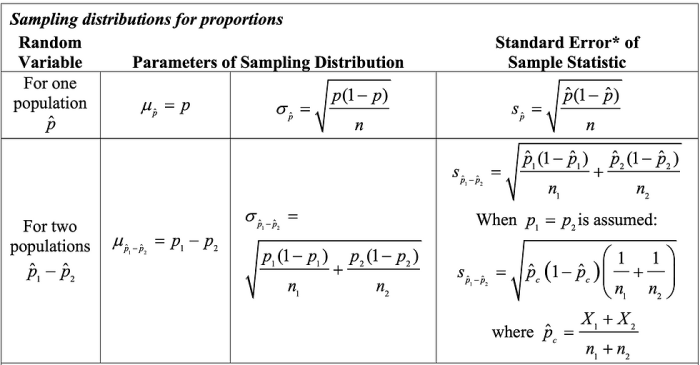Ap statistics chapter 2 practice test – Embark on a comprehensive exploration of AP Statistics Chapter 2 with our practice test and in-depth guide. Dive into the realm of data representation, summarizing distributions, probability, and sampling techniques, gaining a solid foundation for statistical analysis.
This chapter delves into the intricacies of histograms, graphs, scatterplots, measures of central tendency, standard deviation, probability principles, sampling methods, and survey design, equipping you with essential knowledge for success in AP Statistics.
Data Representation and Graphical Displays
Data representation is the process of presenting data in a way that makes it easier to understand and analyze. Graphical displays are a powerful tool for data representation, as they can provide a visual representation of the data that can help to identify patterns and trends.
Histograms are one of the most common types of graphical displays. They are used to show the distribution of data by dividing the data into bins and then plotting the number of data points in each bin. Histograms can be used to identify the shape of the distribution, the central tendency, and the spread of the data.
Other types of graphs used in AP Statistics include bar charts, pie charts, and scatterplots. Bar charts are used to compare the values of different categories of data. Pie charts are used to show the proportions of different categories of data.
Scatterplots are used to show the relationship between two variables.
Scatterplots are a particularly useful tool for identifying relationships between variables. The slope of a scatterplot can be used to determine the strength and direction of the relationship between the two variables. The correlation coefficient can be used to measure the strength of the relationship between the two variables.
Summarizing Distributions: Ap Statistics Chapter 2 Practice Test

Summarizing distributions is the process of using statistics to describe the main features of a distribution. Measures of central tendency are used to describe the average value of a distribution. The mean, median, and mode are the three most common measures of central tendency.
The mean is the arithmetic average of all the data points in a distribution. The median is the middle value of a distribution. The mode is the value that occurs most frequently in a distribution.
Measures of spread are used to describe the variability of a distribution. The range, variance, and standard deviation are the three most common measures of spread.
The range is the difference between the largest and smallest values in a distribution. The variance is the average of the squared differences between each data point and the mean. The standard deviation is the square root of the variance.
Probability
Probability is the branch of mathematics that deals with the likelihood of events occurring. Probability is used in a wide variety of applications, including statistics, finance, and insurance.
The probability of an event is a number between 0 and 1. A probability of 0 means that the event is impossible, a probability of 1 means that the event is certain, and a probability of 0.5 means that the event is equally likely to occur or not occur.
There are a number of different ways to calculate probabilities. One common method is to use the law of large numbers. The law of large numbers states that the probability of an event occurring is equal to the limit of the relative frequency of the event as the number of trials approaches infinity.
Sampling and Data Collection
Sampling is the process of selecting a subset of a population to represent the entire population. Sampling is used in a wide variety of applications, including statistics, marketing, and public opinion polling.
There are a number of different types of sampling methods. The most common sampling methods are random sampling, stratified sampling, and cluster sampling.
Random sampling is the process of selecting a sample from a population in such a way that each member of the population has an equal chance of being selected.
Stratified sampling is the process of dividing a population into strata and then randomly selecting a sample from each stratum.
Cluster sampling is the process of dividing a population into clusters and then randomly selecting a sample of clusters.
Common Queries
What is the purpose of a histogram?
A histogram visually represents the distribution of data by dividing it into intervals and displaying the frequency of data points within each interval.
How do you calculate the mean of a dataset?
To calculate the mean, add up all the values in the dataset and divide the sum by the number of values.
What is the difference between conditional and unconditional probability?
Conditional probability considers the occurrence of one event in relation to another, while unconditional probability considers the occurrence of an event without regard to any other events.